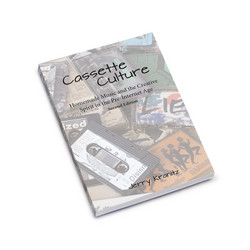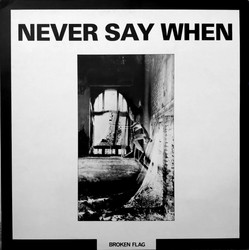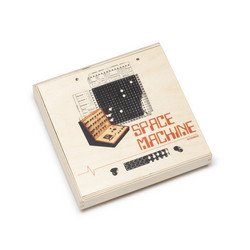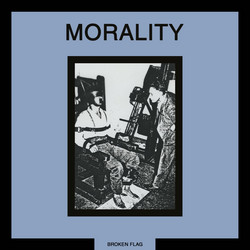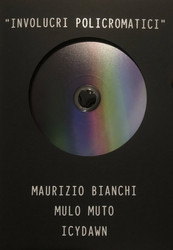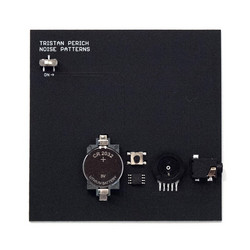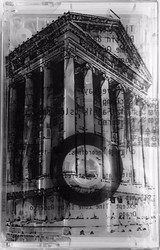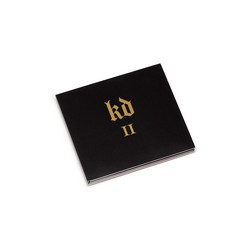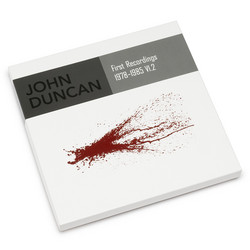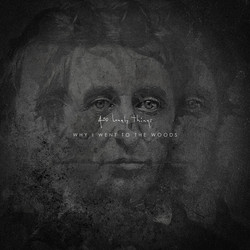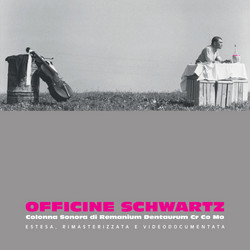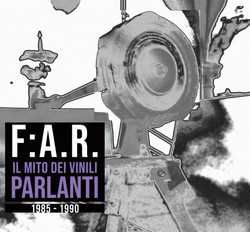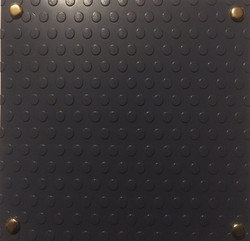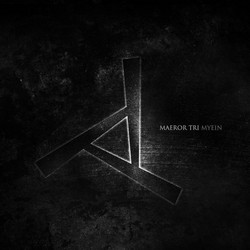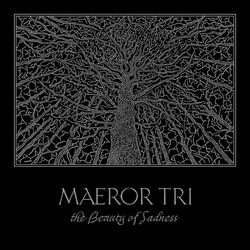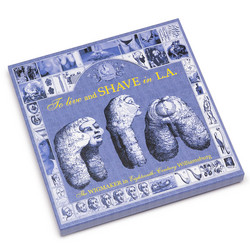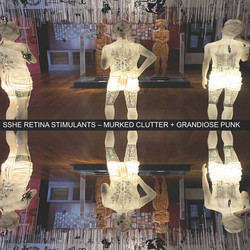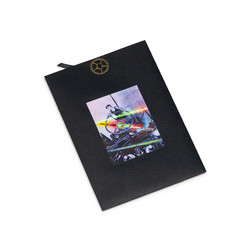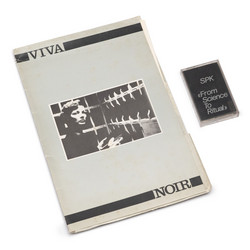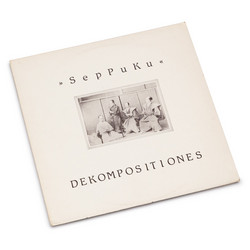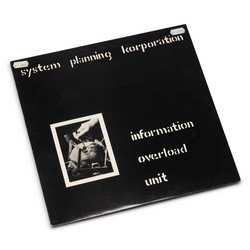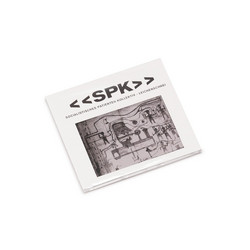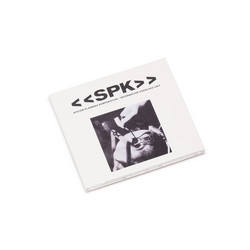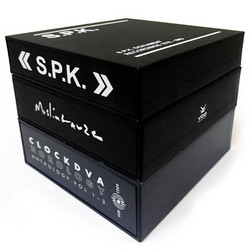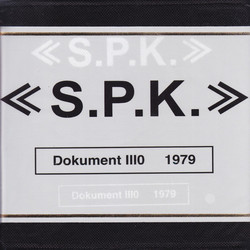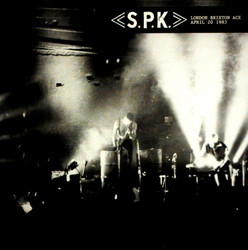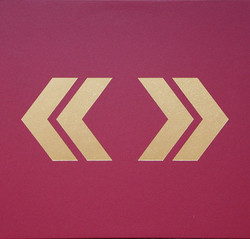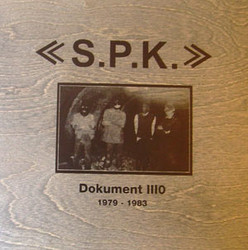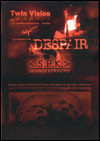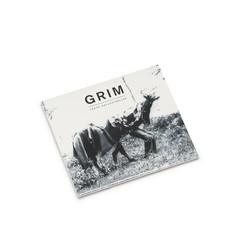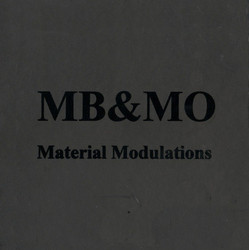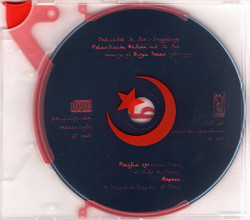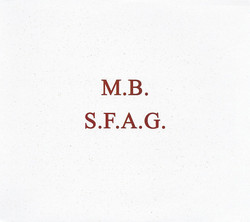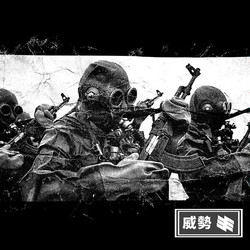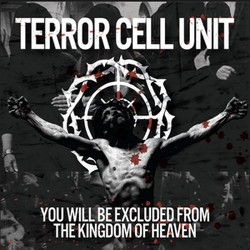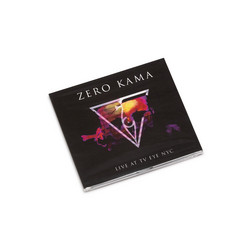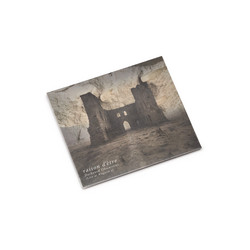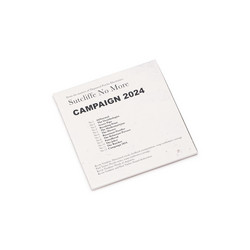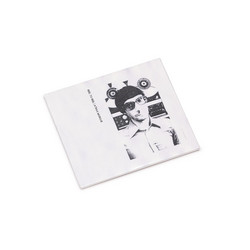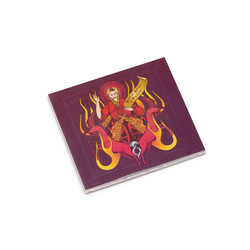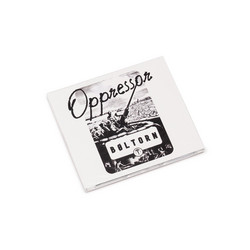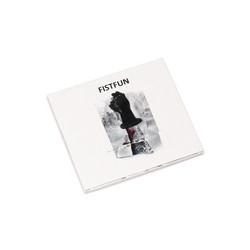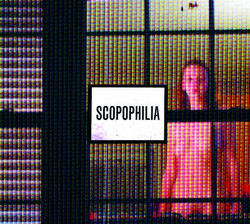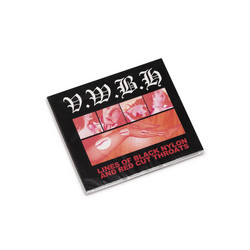SPK
Live at The Crypt / London - April 25 1981
**2022 stock** "For the first time on CD, this is an authorised re-edition of the very first album by the band which was released as a tape on Sterile Records (the label run by Nigel Ayers / Nocturnal Emissions) in 1981. Sound on this CD was re-mastered by Nigel Ayers from the original tapes. SPK was one of the very first "Industrial" projects, formed in 1978 by Greame Revell in Sydney - Australia. SPK together with Throbbing Gristle, Cabaret Voltaire and few others, gave birth to what is today known as Industrial music and this live album is to be considered an early Industrial era document of primary value."
"Cutting (open), gashing, slashing, tearing, ripping, mangling, mutilation, maiming, mauling, scratching, scraping, grazing, incision, splitting, cleaving, hacking, stabbing, tearing apart, butchery, savaging, wounding, injury, damaging, slit, puncture, score, lesion, trauma…
One of SPK’s dominant themes in 1981 was Evisceration - removal of organs / disembowelment. The live performances and dokuments at the time were some of the first anywhere to include medical visuals of this type, collected by myself and Dominik Guerin. Credit must go to Foetus Productions for advice on some sources and to the Viennese body artists for inspiration. But while admitting that the discovery of these images and the actual medical specimens provoked fascination (as it did for audiences) the metaphorical connection with first Artaud and later Deleuze’s work was of utmost importance.
I spoke at the time of an apparent fascination with dissection and display - how these specimens were more strange works of art: hyper-sexual Ballardian exercises in cutting, scoring and shaping (sculpture) than creating any seriously useful educational tool. Heads floating and staring unseeing into time’s abyss, forever tattooed with the signature of their creator. But the greatest influence was Deleuze and Guattari's thought, the term ‘body without organs’ describing an undifferentiated, un-hierarchical realm that lies deeper than the world of appearances. Every actual body has a limited set of traits, habits, movements, affects. But it also has a virtual dimension: a vast reservoir of potential traits, connections, affects, movements, etc. The full body without organs is "schizophrenia as a clinical entity" (Anti-Oedipus). To create a body without organs is to actively experiment with oneself, through body alteration, art, or even madness, to draw out and activate these virtual potentials.
From the very beginning the SPK project had been about Lacerating all the accepted norms of artistic production. Laceration is a wound that is produced by the tearing of soft body tissue. It is a lesion, frequently irregular and jagged, that is often contaminated with bacteria and debris from whatever weapon caused the cut. The idea was to disembowel the organs from the body of production (music as it had previously existed) and enable the fluid transmissions manifesting as ‘noise’ to flow unhindered. The body without organs was also described as "howling", speaking a "language without articulation" that had more to do with the primal act of making sound than it did with communicating specific words. By the excision of language and the overloading of information beyond the ability to draw predictable reactions - a certain lobotomisation of habit occurred that we allowed to be contaminated. Information as Viral introgression - again: splicing, incision and mutation.
The body without organs is ‘permeated by unformed, unstable matters, by flows in all directions, by free intensities or nomadic singularities, by mad or transitory particles’ (A Thousand Plateaus). That is, we usually think of the world as composed of relatively stable entities ("bodies," beings). But these bodies are really composed of sets of flows moving at various speeds (even the land as very slow-moving flows; living things as flows of biological material through developmental systems; language as flows of information). This fluid substratum contains the revolutionary impulse to undercut; to tear apart in order to disseminate rhizomatically, subterraneally and then to heal or reconstruct in a different and perhaps better way.
It was a strategy undertaken with the full knowledge that power, both from without and within, inscribed deeply into the social brain, will inevitably be brought to bear…" - Graeme Revell, May 2019
‘When you will have made him a body without organs,
then you will have delivered him from all his automatic reactions
and restored him to his true freedom.’
Antonin Artaud: To Have Done with the Judgment of God (1947)
